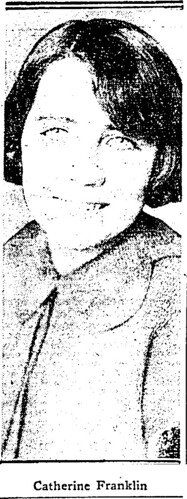Today, 17-year-old Paul Daedler was committed to the Preston School of Industry at Ione on vagrancy charges, and sentenced to remain there until he is 21. It sounds harsh, until you dig a little deeper.
You see, at the tender age of 14, Paul Daedler was accused of one of the grisliest crimes in Pasadena history. Paul came from a good family, but it was reported that he attended the Monroe School for Subnormal Children along with his friend, William "Billie" Forrester. William was adopted, and had been in trouble with the law since he was 12, when he stole $500 from a neighbor and ran off to Arizona.
After school on December 5, 1923, Paul and William were playing with 5-year-old Arthur Martinez, the youngest child of a Pasadena gardener, in an abandoned factory at 950 S. Raymond Ave. They had a loaded .22 with them. Exactly what happened in the factory is uncertain, but little Arthur was shot twice in the head and once in the back. The shots didn’t kill him, though. Scared that Arthur would squeal on them, Paul and William beat him over the head with a brick, tied him to a pole with wire, and left him overnight. When they came back to the factory the next day, (to free him, they said), the boy was dead.
Paul and William went to the police and reported that they "found" Arthur in the factory. However, the police were suspicious of the boys, and after questioning, both confessed. At the inquest, the two expressed little emotion or remorse for what they had done, though the truant officer sitting near them in the courtroom had them shaking in their boots.
On December 20 hearing, Paul was joined by two lawyers, his parents, sisters, and a bevy of witnesses, while William had only his mother by his side. Although Paul had signed two confessions of guilt, his lawyers called witnesses to establish Paul’s alibi for the time of the killing. Paul also stated that he’d attended school on December 5, then rode his bicycle to a confirmation class at his church. The pastor of Paul’s church testified that Paul had been in class, although his schoolteacher, Miss Anna Crane, said that she had not seen Paul after 2pm on the day of the murder.
William was sent to the Preston State School on his 15th birthday to await trial, while Paul was sent to the Whittier State School. Their names and school ID numbers are included in the California Youth Authority Name Index for 1924 . However, a month after being sentenced to Ione, William produced a confession that absolved Paul of all blame in the killing. In his confession, William said, "I pulled the gun and shot him. Then I though I would put the blame on someone else, so I shot him two more times. I happened to think that whenever Paul Daedler got mad, he always threw bricks, so I decided to throw bricks at Arthur so it would appear that Paul hit him."
Later, it was revealed that a person interested in the case of Paul Daedler had visited him at the Preston School earlier and persuaded him to change his confession. The possibility that Paul’s family pressured the poor and unconnected William to take the rap for his friend is not unthinkable. As the boys sat in juvenile facilities, the Daedler family and their lawyers sought a writ of habeas corpus on behalf of Paul, saying that he had been confined to Whittier without a trial before a jury.
The judge upheld Paul’s detention.
Finally, after serving 17 months at Whittier, Paul was released into the custody of a judge, who ruled that the boy must leave the state, never to return. Paul’s father, Louis Daedler took him east so he could begin a new life. However, less than two years later, Paul was in County Jail on a vagrancy charge, having hitchhiked his way back to California. And today, he was returned to the juvenile facility. If the case did come to trial at some point, it was not reported in the Times.
Paul Daedler died in Los Angeles on December 21, 1981. William Forrester was paroled from the Preston School on November 19, 1925, and disappeared without a trace.



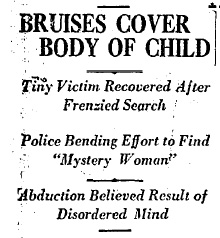
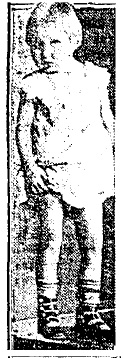 downtown shopping trip with her mother, Mrs. Agnes Wagner.
downtown shopping trip with her mother, Mrs. Agnes Wagner. 
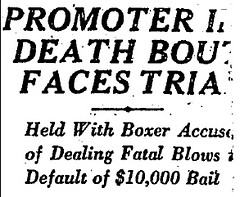

 The much anticipated rematch between defending heavyweight champion Gene Tunney, the “Fighting Marine”, and former champion Jack Dempsey, the “Manassa Mauler”, will be held at Solider Field in Chicago on September 26, 1927. Tunney will dominate for the first six rounds, but during the seventh round he will find himself in a corner being pummeled by a savage combination of punches that will drive him to the floor.
The much anticipated rematch between defending heavyweight champion Gene Tunney, the “Fighting Marine”, and former champion Jack Dempsey, the “Manassa Mauler”, will be held at Solider Field in Chicago on September 26, 1927. Tunney will dominate for the first six rounds, but during the seventh round he will find himself in a corner being pummeled by a savage combination of punches that will drive him to the floor. 

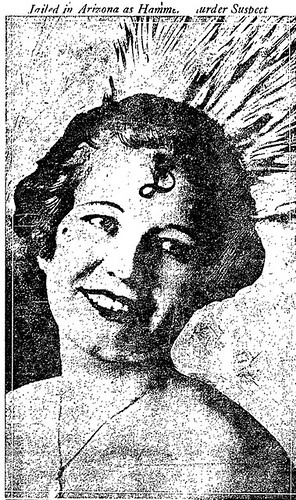
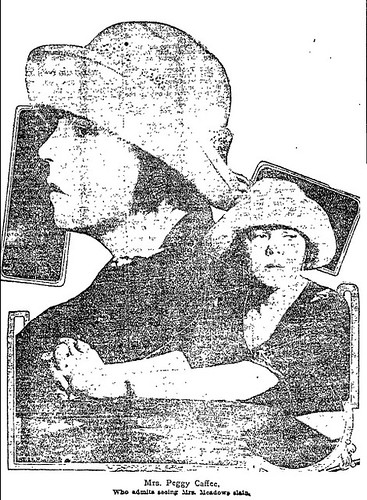 Clara gave her version of events from the witness stand. She said that it was her friend Peggy who had struck the fatal blow. The homicidal charmer had been at a loss to explain the bruising to her hands and the fingernail scratches covering her arms and legs – even so, public opinion began to sway in her favor.
Clara gave her version of events from the witness stand. She said that it was her friend Peggy who had struck the fatal blow. The homicidal charmer had been at a loss to explain the bruising to her hands and the fingernail scratches covering her arms and legs – even so, public opinion began to sway in her favor. 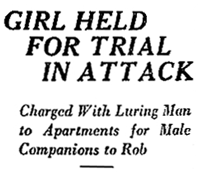

 August 19, 1927
August 19, 1927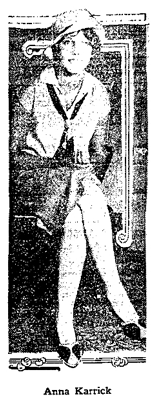 All the noir hallmarks here: a destitute, starry-eyed country girl, the shifty grifter she befriends, a rube with some dough in his pocket, a classic con, the crummy apartment hotel and a dark city.
All the noir hallmarks here: a destitute, starry-eyed country girl, the shifty grifter she befriends, a rube with some dough in his pocket, a classic con, the crummy apartment hotel and a dark city. place at
place at  532 South Fremont (now site of Glossy Black Tower, left) may be long gone, but it was a fun place while it lasted. In May 1929, Filipino nationals Cal Blanco and Ceferino Sandries argued over women with some sailors from the USS Colorado, when Blanco announced, “I’m going to kill all you sailors,” and so sailor Clyde Forehand shot them both dead; July of 1929 saw a riot there involving thirty sailors and six women, at which two women and seven men were booked on suspicion of robbery; Jack Wilson and Clark Falcon, leaders of a gang of automobile plunderers, were arrested with their booty here in February, 1932; in September 1935 Robert Honchell, a 25 year-old taxi driver, was having a drinking party with his pal Edward Folder, a 29 year-old unemployed café worker, when a woman showed up with her infant daughter—Folder’s insistence on taking the child out for candy started a quarrel, and Folder ended up stabbed mortally in the chest by Honchell…you get the idea.
532 South Fremont (now site of Glossy Black Tower, left) may be long gone, but it was a fun place while it lasted. In May 1929, Filipino nationals Cal Blanco and Ceferino Sandries argued over women with some sailors from the USS Colorado, when Blanco announced, “I’m going to kill all you sailors,” and so sailor Clyde Forehand shot them both dead; July of 1929 saw a riot there involving thirty sailors and six women, at which two women and seven men were booked on suspicion of robbery; Jack Wilson and Clark Falcon, leaders of a gang of automobile plunderers, were arrested with their booty here in February, 1932; in September 1935 Robert Honchell, a 25 year-old taxi driver, was having a drinking party with his pal Edward Folder, a 29 year-old unemployed café worker, when a woman showed up with her infant daughter—Folder’s insistence on taking the child out for candy started a quarrel, and Folder ended up stabbed mortally in the chest by Honchell…you get the idea.



